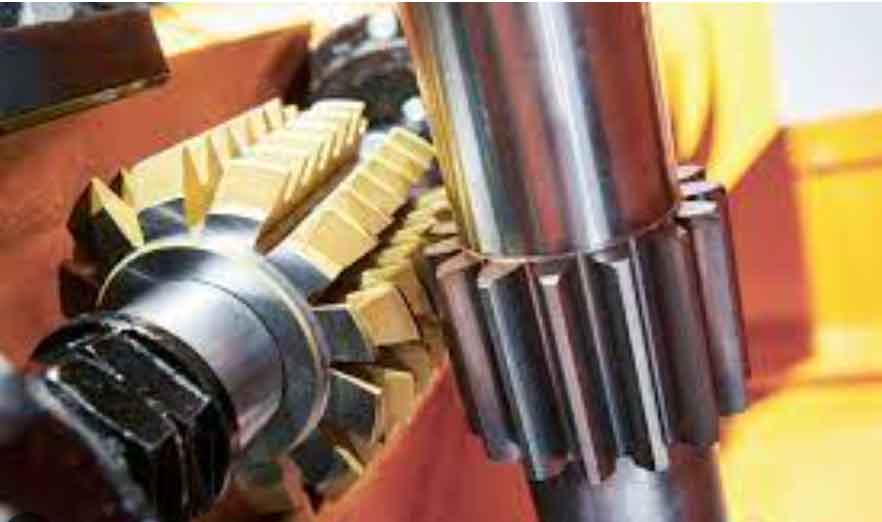
Gear hobbing machines have indeed revolutionized the gear manufacturing industry. These machines are widely used in the production of gears for various applications, ranging from automotive to aerospace and beyond. They offer numerous advantages over traditional gear manufacturing methods, such as shaping or broaching. Here are some key ways in which gear hobbing machines have transformed the industry:
- High Precision: Gear hobbing machines allow for the production of gears with exceptional precision and accuracy. The hobbing process involves cutting teeth into a gear blank using a rotating cutting tool called a hob. This method ensures consistent tooth profiles, accurate tooth spacing, and excellent surface finishes.
- Versatility: Gear hobbing machines are highly versatile and can produce a wide range of gear types, including spur gears, helical gears, worm gears, and splines. The machines can handle different gear sizes and tooth profiles, providing manufacturers with the flexibility to meet diverse customer requirements.
- Efficiency and Productivity: These machines offer high production rates, making them ideal for large-scale gear manufacturing. They can quickly and efficiently produce gears with minimal setup time, reducing manufacturing lead times. Gear hobbing machines can operate continuously, allowing for uninterrupted production runs and maximizing productivity.
- Cost-Effectiveness: Despite their advanced capabilities, gear hobbing machines are cost-effective solutions for gear manufacturing. Once the machine is set up, it can produce gears at a rapid pace, minimizing labor costs per part. Additionally, the hobbing process produces minimal material waste, further enhancing cost efficiency.
- Quality and Durability: Gears manufactured using hobbing machines exhibit superior quality and durability. The precise tooth profiles and accurate tooth engagement provided by hobbed gears result in smooth and efficient power transmission. These gears can withstand high loads, resist wear and fatigue, and have longer operational lifespans.
- Automation and Integration: Gear hobbing machines can be integrated into automated manufacturing systems, enhancing overall production efficiency. They can be coupled with robotic loaders, conveyors, and inspection systems, reducing manual intervention and ensuring consistent quality control.
- Advanced Features: Modern gear hobbing machines come with advanced features such as CNC (Computer Numerical Control) capabilities, which enable precise control over the cutting process. CNC-controlled machines can produce complex gear geometries and perform multi-axis machining operations, expanding the range of gear designs that can be manufactured.
In conclusion, gear hobbing machines have revolutionized the gear manufacturing industry by offering high precision, versatility, efficiency, and cost-effectiveness. They have enabled the production of high-quality gears for various applications while reducing lead times and enhancing productivity. As technology continues to advance, gear hobbing machines will likely evolve further, enabling even more sophisticated gear manufacturing processes.
